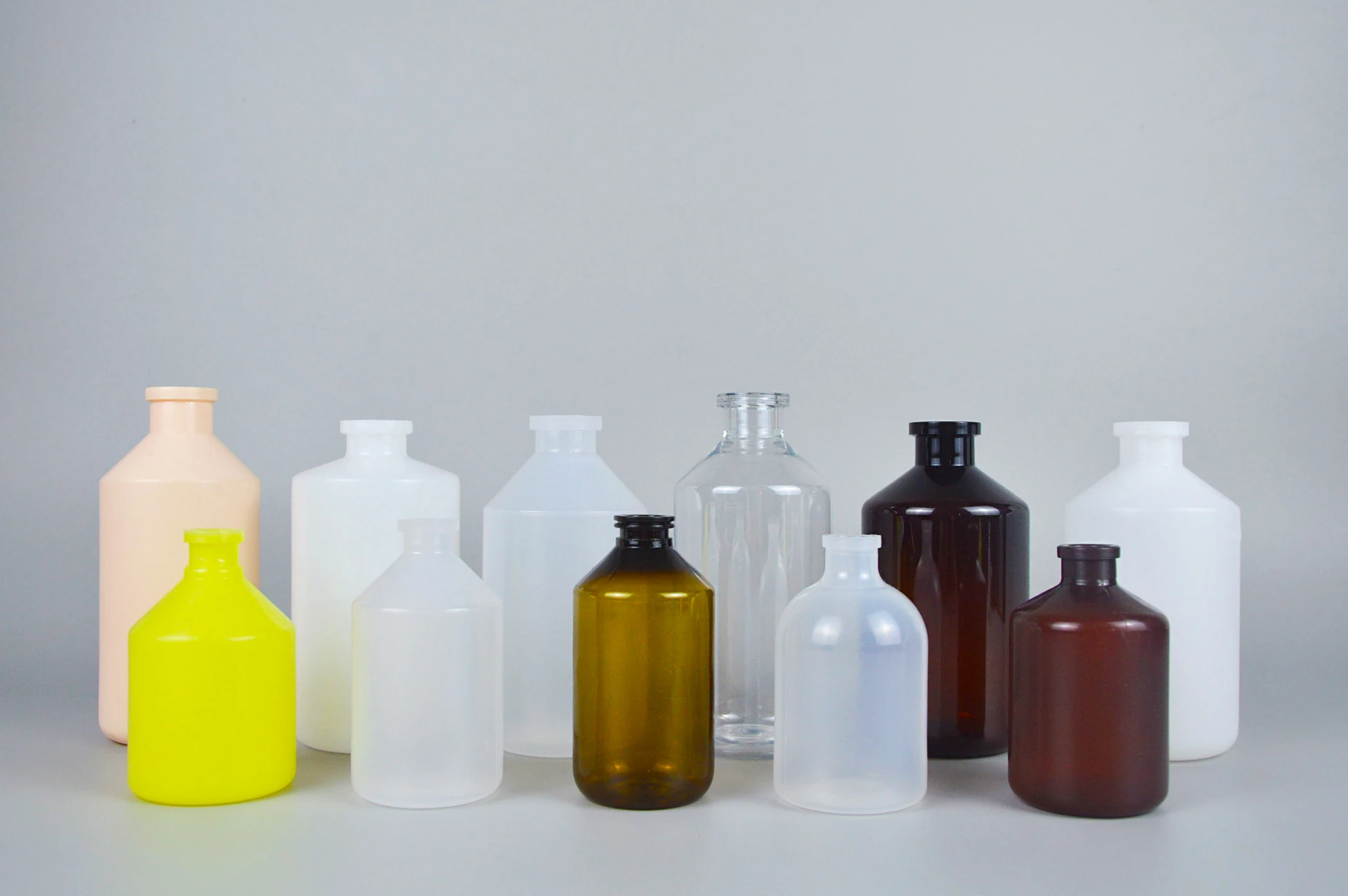disposable petri dish 90mm x 15mm
The Utility and Importance of Disposable Petri Dishes A Focus on 90mm x 15mm Size
In the world of microbiology and laboratory research, the tools and materials utilized play a crucial role in the success of experiments and the integrity of results. Among these, disposable Petri dishes have emerged as a staple for researchers, educators, and technicians alike. Specifically, the 90mm x 15mm disposable Petri dish has gained widespread popularity due to its versatility and practicality.
What is a Petri Dish?
A Petri dish, also known as a Petri plate, is a shallow cylindrical glass or plastic container that is used to culture microorganisms. Named after the German bacteriologist Julius Richard Petri, who invented it in the late 19th century, the Petri dish has become an essential tool in laboratories around the globe. It typically consists of two parts a bottom half that serves as a container for growth media and an upper lid that covers the dish to limit contamination.
Advantages of Disposable Petri Dishes
One of the prominent advantages of disposable Petri dishes, particularly in the 90mm x 15mm size, is their convenience. These dishes are made from high-quality polystyrene and are pre-sterilized, making them ready to use upon opening. This eliminates the need for time-consuming sterilization processes commonly associated with reusable glass dishes. As a result, researchers can quickly prepare for experiments, enhancing efficiency in a fast-paced lab environment.
Another key benefit is the prevention of cross-contamination. Using disposable dishes minimizes the risk of carrying over contaminants from one experiment to another. In microbiological studies, where precision and cleanliness are paramount, the ability to simply discard and replace dishes between experiments simplifies the process and upholds the integrity of the results.
The size of the 90mm x 15mm Petri dish also contributes to its appeal. This size is ideal for a range of applications, from culturing bacteria and fungi to performing assays and observing microbial growth. Whether for educational purposes in a classroom setting or for advanced research in a laboratory, this dimension strikes a balance between capacity and manageability, allowing for an adequate surface area without occupying excessive space.
disposable petri dish 90mm x 15mm

Applications in Research and Education
In research, disposable Petri dishes are vital for studying various microbial behaviors, conducting antibiotic susceptibility tests, and performing environmental sampling. Microbiologists and biochemists rely on these dishes to analyze cultures under controlled conditions. The ability to easily label and track individual dishes allows researchers to conduct multiple experiments simultaneously, significantly increasing their productivity.
In educational contexts, these dishes are an excellent resource for teaching students about microbiology. They provide a hands-on learning experience where students can inoculate the dishes with harmless microorganisms, observe growth patterns, and understand crucial concepts such as aseptic technique and microbial ecology. The disposable nature of these dishes means that students can practice without the burden of cleaning and sterilizing glassware, thus fostering an engaging and practical learning environment.
Environmental Considerations
While disposable Petri dishes offer numerous benefits, it is essential to consider their environmental impact. The production and disposal of plastic items pose challenges concerning sustainability. Many manufacturers are now exploring biodegradable options and recycling programs to reduce waste. Educators and researchers are encouraged to balance the convenience of disposables with awareness of their ecological footprint, advocating for responsible usage and innovative recycling methods.
Conclusion
In conclusion, disposable Petri dishes, particularly the 90mm x 15mm variety, are indispensable tools in the fields of microbiology and laboratory research. Their ease of use, capacity to prevent contamination, and suitability for various applications make them a preferred choice for researchers and educators alike. As we move toward a more sustainable future, the scientific community must remain mindful of environmental impacts while continuing to harness the benefits that disposable Petri dishes provide. Through responsible practices, we can ensure that these essential tools remain a valuable asset in laboratories around the world.
-
Aesthetic Makeup Spray Bottles | Fine Mist Empty RefillableNewsAug.19,2025
-
White Plastic Veterinary Vaccine Vials | Lab Liquid BottlesNewsAug.18,2025
-
Plastic Medicine Liquid Bottle: Secure Flip Top Drug VialsNewsAug.17,2025
-
Durable 250ml Blue Plastic Vaccine Vial for Lab & Vet UseNewsAug.16,2025
-
Sterile Virus Sample Tubes: Secure & Reliable Specimen CollectionNewsAug.15,2025
-
White 250ml Plastic Vaccine Vial for Lab & Vet MedicineNewsAug.14,2025
























